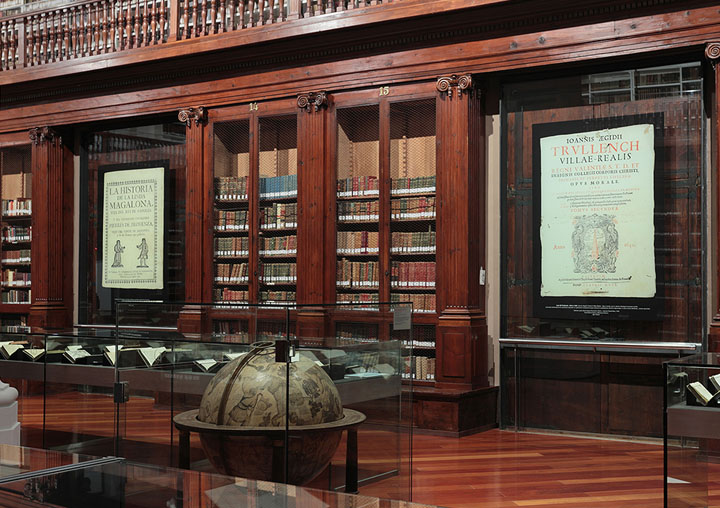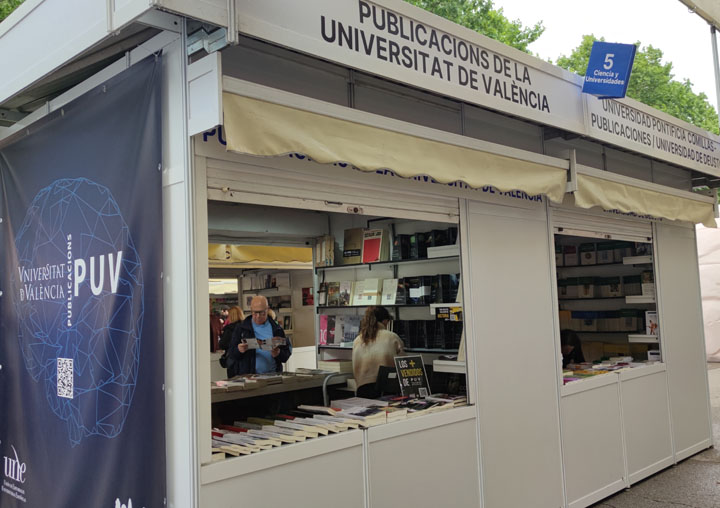Research reveals that a document in the Historical Library is an incunabulum
- Press Office
- April 26th, 2023

An investigation by Joseph Lluís Martos, professor of medieval literature at the University of Alicante, has revealed that the printed sheet of the Salve Regina, by Pere Vilaspinosa, preserved in the Historical Library of the University of Valencia, is an incunabulum (book printed before 1501). The work was published between 1491 and 1495. Martos is giving a lecture this Thursday (7p.m.) in the Duke of Calabria room of the Historical Library of the Nau Cultural Centre.
At the event, Josep Lluís Martos will present his book El primer cancionero impreso y un pliego poético incunable, which includes the research. Marta Haro, professor of medieval literature at the University of Valencia; the vice-rector of Research, Carlos Hermenegildo; and the director of the Historical Library, María Jesús García Mateu, will also take part.
El primer cancionero impreso y un pliego poético incunable, published by the Iberoamericana/Vervuet publishing house, studies two works conserved in the Historical Library of the University of Valencia, which constitute authentic bibliographical jewels: a poetic sheet included in the factitious volume known as El Natzaré and the incunabulum Trobes en lahors de la Verge Maria, published in Valencia in 1474 on the occasion of a literary competition held in the city.
The first is a printed sheet of the Salve Regina by Pere Vilaspinosa. Its typographical analysis has made it possible to revise the dating of the work to the period between 1491-1495, making it an incunabulum and not a post- incunabulum, as was previously thought. It has also been possible to attribute its edition to the workshop of Peter Hagenbach and Leonardo Hutz. These data make this printed document the first Valencian sheet of a strictly poetic nature of which there is any record.
In relation to Trobes en lahors de la Verge Maria, Professor Martos' publication brings to light new data and shows that the only surviving copy is mutilated and that what must have been the first colophon of the Valencian printing press is missing. The author raises the possibility that part of the poems of this competition and of the incunabulum of 1474 may have been lost.
On the other hand, Martos points to the existence of a later edition printed in Gothic script that must have been direct source of the sheet of the Salve Regina. These findings represent a great step forward in the history of Valencian printing and in the knowledge of the bibliographical heritage of the University of Valencia.
File in: Lletres , Servei de Biblioteques i Documentació



.jpg)












